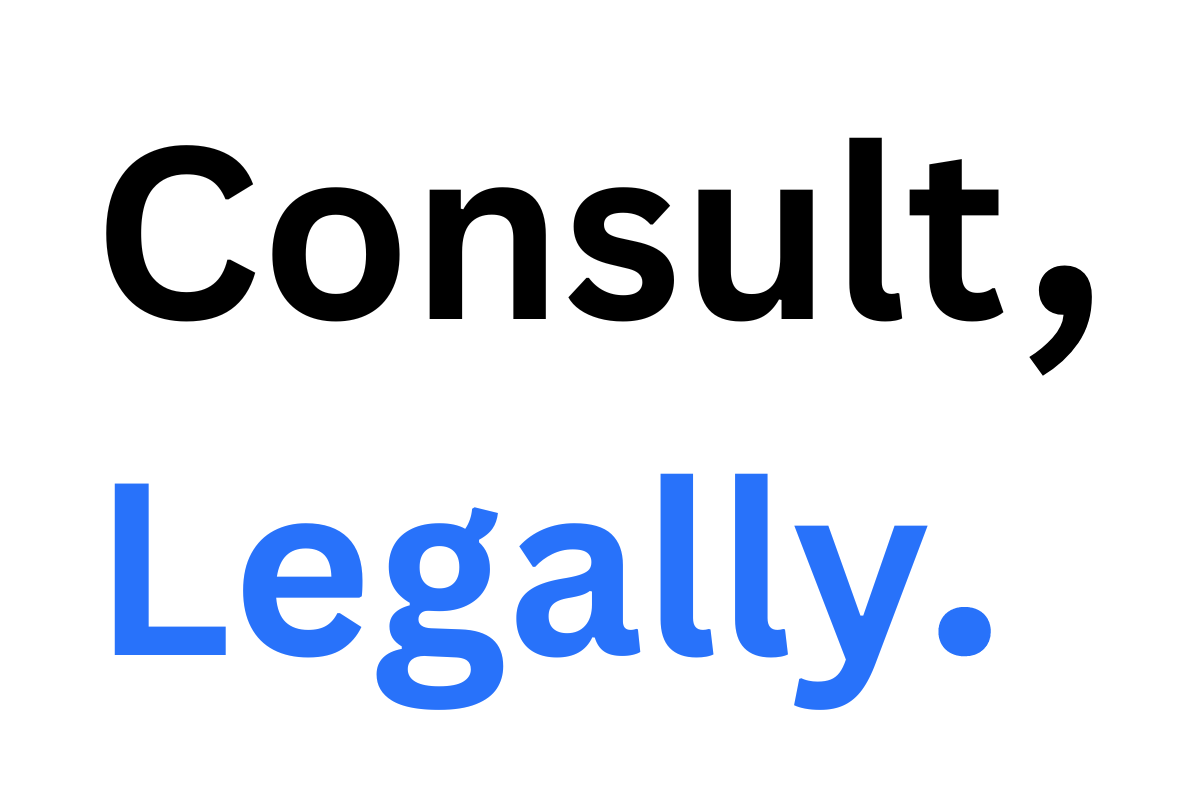Court: California Supreme Court
Citation: 57 Cal. 4th 776, 161 Cal. Rptr. 3d 81, 305 P.3d 1241 (Cal. 2013)
Date: 2013
The case People v Williams (2013) is a pivotal decision by the California Supreme Court that addressed the issue of whether theft by false pretenses can satisfy the “felonious taking” element required for a robbery conviction under California law. In this case, Demetrius Lamont Williams used re-encoded payment cards to fraudulently buy gift cards at a Walmart store. After being questioned by store security, he attempted to flee, resulting in a struggle.
Although Williams was apprehended and several payment and gift cards were recovered from him, the legal question was whether theft by false pretenses could meet the criteria for robbery under the California Penal Code, which requires a “felonious taking” of property. The Supreme Court’s decision clarified the distinction between theft by larceny and theft by false pretenses and set important precedents for future theft and robbery cases.
Facts of People v Williams
Demetrius Lamont Williams engaged in fraudulent activity by using re-encoded payment cards to purchase gift cards at a Walmart store. After the store’s security personnel questioned him about the fraudulent transactions, Williams attempted to leave the store. During his attempt to flee, he shoved one of the security guards, which led to a brief physical struggle before Williams was apprehended. Upon his arrest, several payment and gift cards were recovered from his possession.
Williams was charged with multiple offenses, including robbery and theft. The central issue at trial, which also carried over to the appellate process, was whether the theft Williams committed, which involved the use of false pretenses to obtain the gift cards, could satisfy the “felonious taking” element required for a robbery conviction under California law.
Issue
The key legal issue in People v Williams was whether the “felonious taking” element required for a robbery conviction could be satisfied by theft committed through false pretenses, as opposed to theft by larceny. Specifically, the court had to determine whether theft by false pretenses constitutes the kind of unlawful taking that qualifies for robbery charges under California law, or whether only theft by larceny can meet this requirement.
People v Williams Judgment
The California Supreme Court in People v Williams held that the “felonious taking” element necessary for a robbery conviction can only be satisfied by theft by larceny, not by theft committed through false pretenses. As a result, the Court reversed Williams’s robbery convictions. The court distinguished between the two forms of theft: theft by larceny, which involves an unlawful taking of property without the owner’s consent, and theft by false pretenses, which involves a consensual transfer of ownership based on deceit.
The decision of the California Supreme Court emphasized that only larceny, which involves a trespassory taking of property, could satisfy the “felonious taking” requirement for robbery under California law. As theft by false pretenses does not meet this definition, Williams’s robbery convictions were overturned.
Reasoning
In reaching its conclusion, the court examined the historical and statutory distinctions between theft by larceny and theft by false pretenses. The court began by noting that People versus Williams required an interpretation of California robbery laws, particularly the element of “felonious taking.”
Theft by Larceny vs. Theft by False Pretenses
Larceny traditionally involves a trespassory taking of property without the owner’s consent. This is considered unlawful because the property is taken without the owner’s permission, and the property is physically removed or stolen without any deceit involved.
Theft by False Pretenses, on the other hand, involves a consensual transfer of property, but this transfer occurs because the owner is deceived by the defendant’s fraudulent misrepresentation. In theft by false pretenses, the owner voluntarily transfers the property, but this transfer is based on a lie or misrepresentation made by the thief.
Statutory Interpretation
The California Supreme Court reasoned that for a robbery to occur under California Penal Code section 211, there must be a “felonious taking” of property. However, the Court noted that the statutory language and legislative history of robbery law are clear in their intent to limit robbery to cases involving larceny, which involves an unlawful, non-consensual taking of property.
Theft by false pretenses, even though it is fraud-based and criminal, does not meet the criteria for a robbery because it involves a consensual transfer of property (albeit induced by deceit) rather than a non-consensual, trespassory taking.
The Role of Force or Fear in Robbery
The court noted that while robbery often involves the use of force or fear, it is the “felonious taking” that determines whether a crime qualifies as robbery. Even if Williams had used force (as he did when shoving the security guard), this force does not automatically elevate a theft by false pretenses to robbery.
The court emphasized that the key issue in robbery cases is not just the use of force, but the nature of the taking itself, which must involve a trespassory, non-consensual act of theft.
Legislative Intent
The court also considered the legislative history of robbery law, which clearly differentiates between theft by larceny and theft by false pretenses. The law draws a distinct line between the two, with only larceny satisfying the “felonious taking” requirement for robbery.
The court’s analysis showed that while false pretenses may involve wrongful conduct, the act of taking property with the consent of the owner (even if induced by fraud) does not meet the requirements for robbery.
Conclusion
As theft by false pretenses does not constitute the “felonious taking” required by robbery statutes, Williams’s robbery convictions were reversed. The court’s in People v Williams ruling was consistent with the need to preserve the integrity of the distinction between larceny and false pretenses, maintaining that only the former can support a robbery charge under California law.

